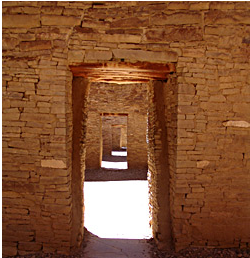Publication Date
12-16-2021
Abstract
Human-environment interaction is a long-standing and productive line of inquiry that includes the study of cultural responses to climate change. However, demonstrating a causal relationship between climate change and the consequent culture change is rarely straightforward for numerous reasons. In this dissertation I develop an optimality model to predict how Paleoindians should have responded to changes in precipitation across the Late Pleistocene-Early Holocene. The water supply model (WSM) ranks water supplies much like the diet breadth model ranks food resources. To adjust the WSM for climate change, paleoclimate records from playas in the northern Jornada del Muerto were used in conjunction with regional speleothem records. Archaeological data to test the WSM were derived from 764 Paleoindian projectile points and preforms and high-resolution spatial data from the Robert H. Weber Collection. Results indicate that Paleoindians responded to climate change by adjusting their settlement, mobility, and technological strategies to changes in paleoprecipitation patterns.
Keywords
Paleoindian, geoarchaeology, paleoclimate, lithic technology, New Mexico
Document Type
Dissertation
Language
English
Degree Name
Anthropology
Level of Degree
Doctoral
Department Name
Anthropology
First Committee Member (Chair)
Bruce B. Huckell
Second Committee Member
Keith M. Prufer
Third Committee Member
James L. Boone
Fourth Committee Member
M. Steven Shackley
Fifth Committee Member
Vance T. Holliday
Recommended Citation
Merriman, Christopher Wayne. "Paleoindian Response to Climate Change in the Northern Jornada del Muerto." (2021). https://digitalrepository.unm.edu/anth_etds/217

